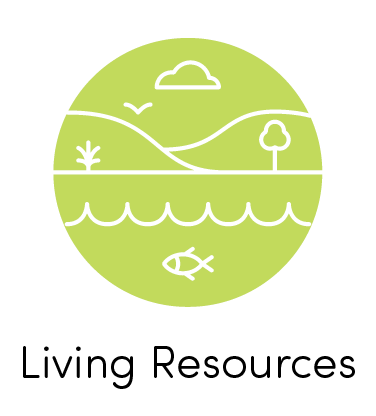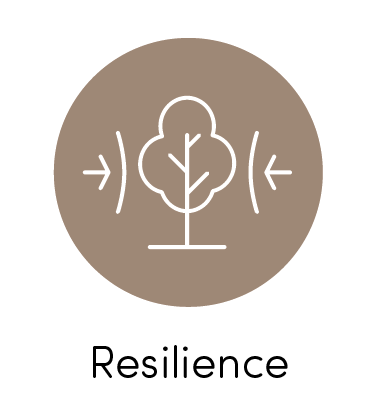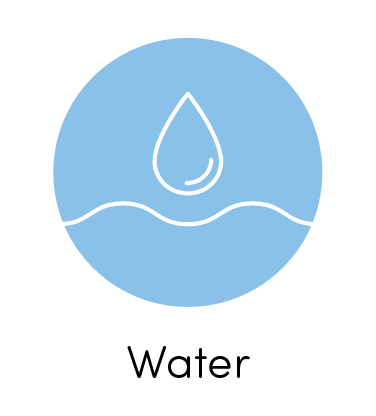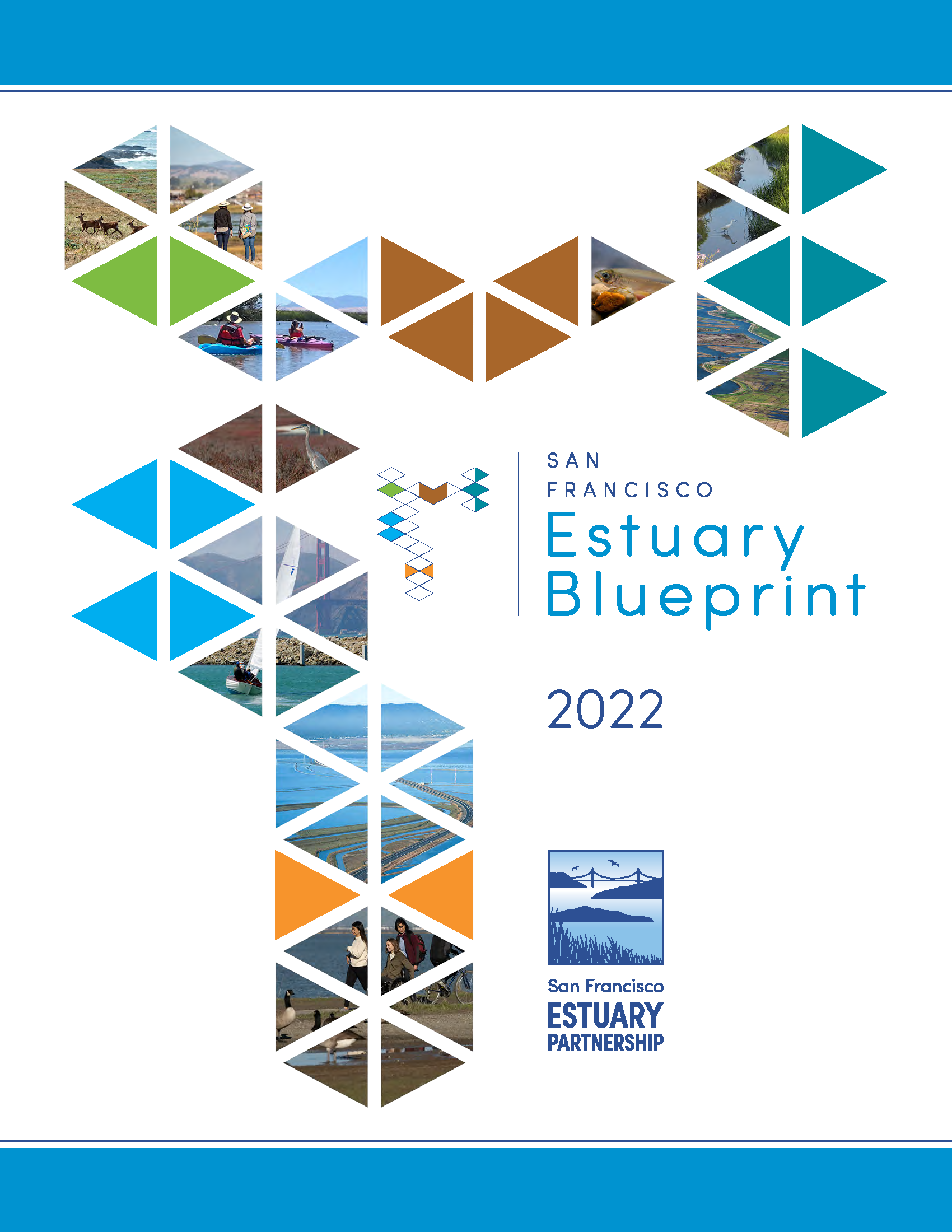Action 10: Tidal Marsh
← Back to Estuary Blueprint Actions
Protect, restore, and enhance tidal marsh habitat.
Restore and enhance complete tidal marsh ecosystems, considering sea level rise and other climate change stressors in restoration design and implementation, and protect historical San Francisco baylands for current and possible future ecosystem benefits.
Overview
Tidal marshes offer diverse ecosystem services to the San Francisco Estuary and its communities through their abilities to provide habitat for wildlife, stabilize shorelines, prevent erosion, absorb stormwater, and store carbon. Today, there are approximately 51,300 acres of tidal marsh in the Bay — about a quarter of the acreage that existed at the beginning of the 19th century. This Action seeks to increase tidal marsh area to 100,000 acres in the Bay as set forth in the 1999 Baylands Ecosystem Habitat Goals Report, and to 50,000 acres in the Delta by 2050 as set forth by the Delta Plan.
Task Description
Restore high quality tidal marsh habitat in the Estuary as part of multi-objective projects with diverse partners. Take into consideration sea level rise and potential climate adaptation design components during the design and permitting process.Task Lead(s)
California EcoRestore, San Francisco Bay Joint VentureTask Collaborating Partner(s)
San Francisco Bay National Estuarine Research Reserve, restoration community including government agencies, non-profit organizations, and private entitiesCost Estimate Key
|
Cost Estimate
$$$$$Milestone(s)
23,000 acres of tidal marsh restored in the Bay and 5,500 acres of tidal marsh restored in the Delta.Task Description
Enhance tidal marsh, including constructing and enhancing transition zones and high tide refugia features such as marsh islands, to increase ecological function and resilience to climate change.Task Lead(s)
San Francisco Bay Joint VentureTask Collaborating Partner(s)
Restoration community including government agencies, non-profit organizations, and private entities.Cost Estimate Key
|
Cost Estimate
$$$$Milestone(s)
3,000 acres of tidal marsh enhanced in San Francisco Bay.Task Description
Protect San Francisco Bay historical baylands (including both tidal marsh and non-tidal wetlands and waters within the historical Bay margins) to preserve and enhance tidal habitats and adjacent habitats to allow for migration with sea level rise.Task Lead(s)
San Francisco Bay Joint VentureTask Collaborating Partner(s)
San Francisco Bay National Estuarine Research Reserve, restoration community including government agencies, non-profit organizations, and private entitiesCost Estimate Key
|
Cost Estimate
$$$$$Milestone(s)
20,000 acres of baylands protected through various mechanisms including acquisition, transfer of fee title, or easement.Task Description
Task Lead(s)
Task Collaborating Partner(s)
Cost Estimate Key
|
Cost Estimate
Milestone(s)
Task Description
Task Lead(s)
Task Collaborating Partner(s)
Cost Estimate Key
|
Cost Estimate
Milestone(s)
Task Description
Task Lead(s)
Task Collaborating Partner(s)
Cost Estimate Key
|
Cost Estimate
Milestone(s)
Task Description
Task Lead(s)
Task Collaborating Partner(s)
Cost Estimate Key
|
Cost Estimate
Milestone(s)
Task Description
Task Lead(s)
Task Collaborating Partner(s)
Cost Estimate Key
|
Cost Estimate
Milestone(s)
Updates and Emerging Issues
Since 2016, this Action has been updated to focus on tidal marshes, with tidal flats now included in Action 9. Restoration and enhancement milestones have been revised for the next five years and align with San Franciso Bay Joint Venture Implementation Plan and California EcoRestore acreage goals. The protection task has been expanded to focus on all undeveloped land within the historic San Francisco baylands that offer current habitat value and/or future enhancement or restoration opportunities.
Climate Change Considerations
Sea level rise and other climate change stressors present additional hurdles to the restoration of tidal marshes. The updated protective and enhancement milestones work in tandem with Actions 8: Wetland Monitoring and 11: Transition Zones, to increase the pace and scale of restoration, develop recommendations for climate-resilient restoration, and support the migration of tidal marshes upland as sea levels rise.
Equity Considerations
Ecosystem restoration and enhancement projects need to consider and incorporate the priorities of surrounding communities. Additionally, such projects should take into special consideration that many tidal marsh habitats carry great cultural significance and provide important resources to Tribes and Indigenous populations.
Blueprint Goals



Connections to Other Actions
Watershed connections provide unique habitat and ecosystem services closely related to or dependent upon:
Action 1: Climate Resilience
Action 3: Adaptation Planning
Action 4: Adaptation Implementation
Action 5: Watershed Connections
Action 6: Sediment
Action 7: Carbon Management
Action 9: Intertidal / Subtidal Habitats
Action 11: Transition Zones
Action 12: Managed Wetlands
Action 15: Invasive Species
